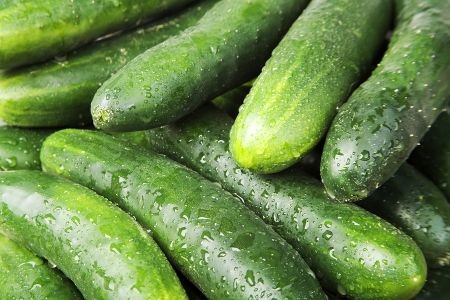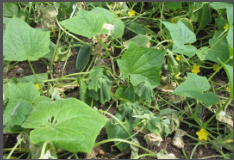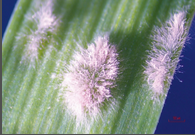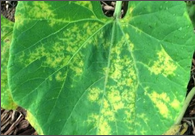Japanese Long Green: It is an early maturing. The fruits are 30-40cm long. Fruits are green from outside and light green from inside. It is suitable for whole India.
Straight Eight: It is early maturing varieties which has medium fruit size, long and cylindrical in shape and are green in color. It is suitable for sowing in whole India. The variety matures in 45-55 days.
China: It is late maturing variety. The fruits are long, cylindrical in shape, deep green in color and are hard in nature. White color stripes are seen on the fruits which contains internal white flesh.
Pusa Sanyog: It is a hybrid variety which is released by IARI, New Delhi. It is an early and high yield giving variety, which has 28-30cm long fruits. Fruits are deep green and cylindrical in shape, on which light lines are found. The fruits are ready for first harvesting after 50 days of sowing. Flesh is soft and crispy. The variety is suitable for hilly and plain areas of north India.
Pant Sankar Cucumber-1: Released by GBPAU, Pantnagar. The vines are 120cm long. Fruits are 20cm long, green, cylindrical in shape and has light lines on it. The fruits are ready for first harvesting after 50 days of sowing. The variety is suitable for hilly and plain areas of north India. It gives an average yield of 80qtl/acre.
Pant Cucumber-1: Released by GBPAU, Pantnagar. The fruits are long and light white color lines on it. The variety is suitable for hilly and plain areas of north India. Its sowing is done in March-July month and in hilly areas, sowing is done in March-April month. It gives an average yield of 80qtl/acre.
















